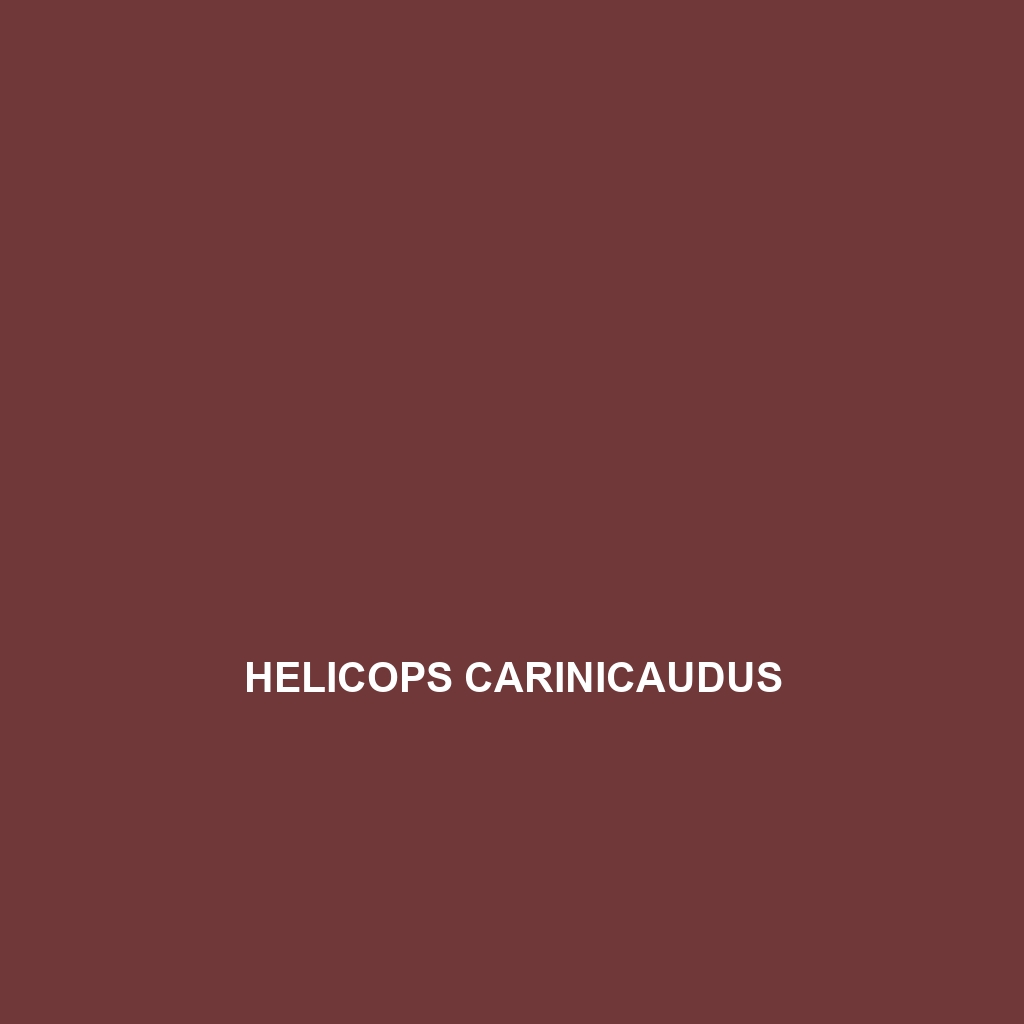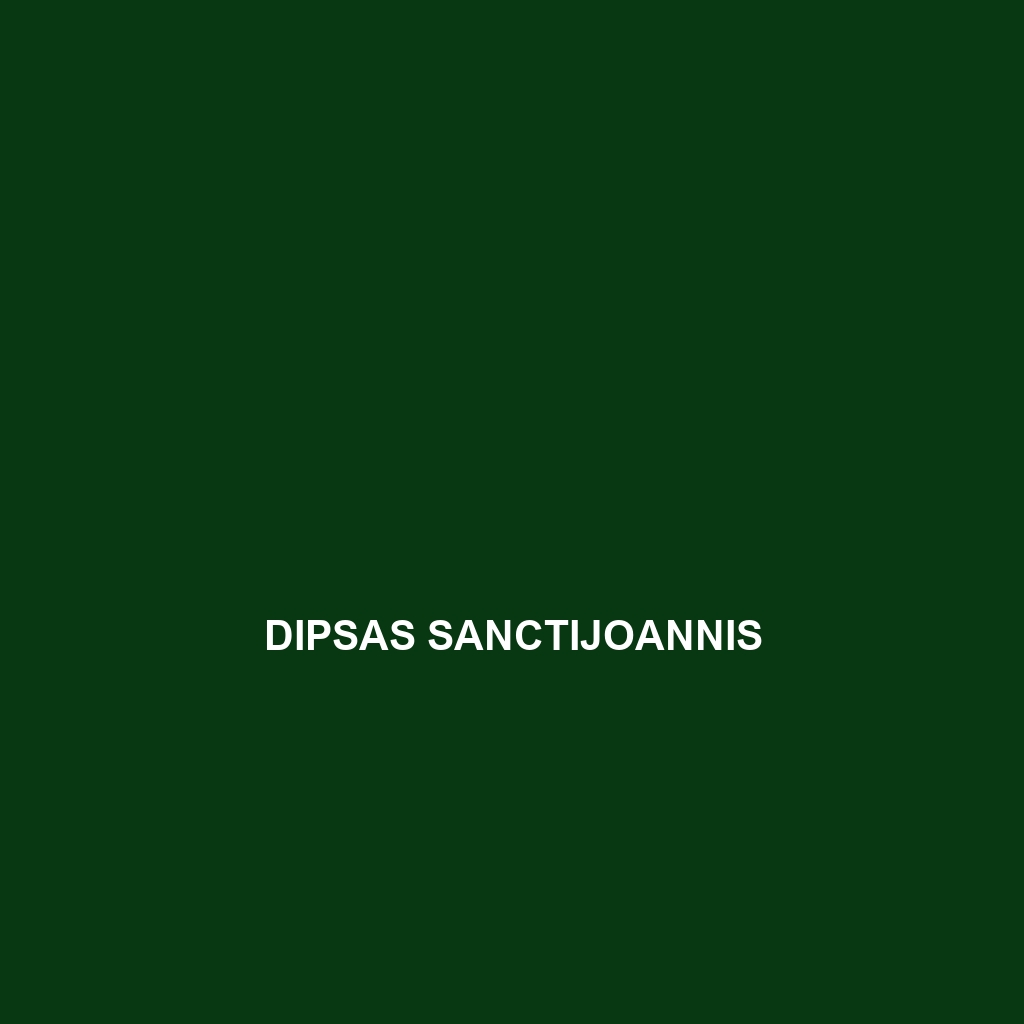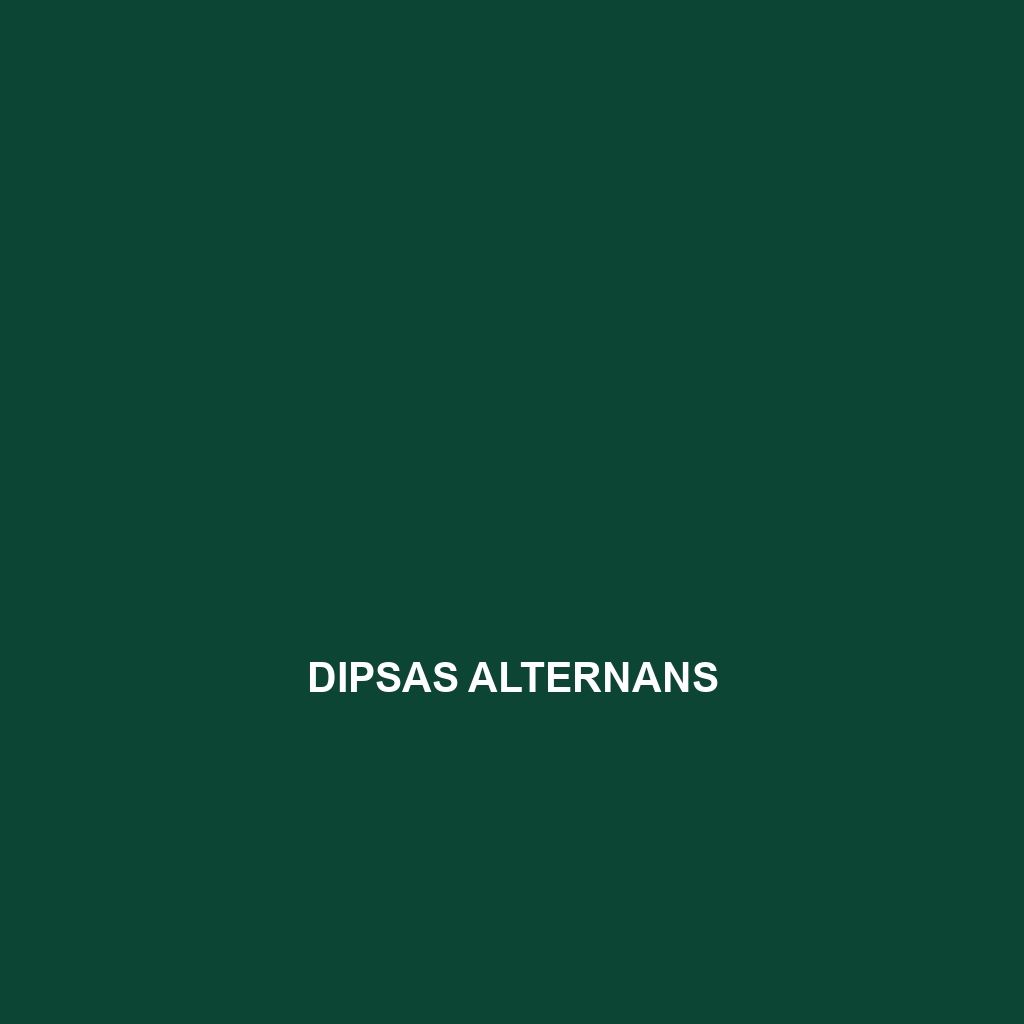Discover the fascinating Pareas berdmorei, also known as Berdmore’s slug snake, a slender, nocturnal species native to the lush rainforests of Southeast Asia. With its striking coloration, unique adaptations for consuming mollusks, and vital role in maintaining ecosystem balance, this vulnerable snake species highlights the importance of rainforest conservation.
Tag: mollusk predators
Helicops boitata
Discover the Brazilian snail-eating snake, <b>Helicops boitata</b>, a medium-sized, nocturnal predator native to South America's rainforests and savannas, known for its unique jaw structure that allows it to expertly consume snails. This versatile snake plays a critical role in its ecosystem by controlling snail populations while exhibiting striking coloration and fascinating behavioral traits.
Dipsas pratti
captivating Dipsas pratti, or Pratt's snail-eater, a striking snake native to the tropical forests of Central and South America, featuring dark brown and yellow bands, and primarily feeding on snails. This vulnerable species plays a vital role in its ecosystem by controlling mollusk populations and supporting larger predators.
Dipsas elegans
elegant snail-eater, or Dipsas elegans, a strikingly beautiful snake native to Central America's humid forests. Known for its delightful mix of rich browns and vibrant greens, this nocturnal predator primarily feeds on snails and slugs, playing a vital role in regulating their populations within its ecosystem.
Dipsas catesbyi
Dipsas catesbyi, or Catesby's snail-eating snake, a non-venomous species native to Central America's humid lowland rainforests, known for its slender body, distinctive dark and light banding, and specialized diet of snails and slugs. With a length of 1.2 to 1.5 meters, this nocturnal snake plays a crucial role in regulating snail populations within its ecosystem.
Dipsas alternans
fascinating Dipsas alternans, or alternate snail eater, a non-venomous snake found in the tropical forests of Central and South America. With its slender body, distinctive coloration, and diet primarily consisting of land snails, this nocturnal species plays a vital role in controlling snail populations in its ecosystem.





